Pickled, tender Angelica stems are a good introduction to working with the plant, and the pickles keep a great flavor that's perfect for serving with salads, cheeseplates, or with dishes including pork and duck.
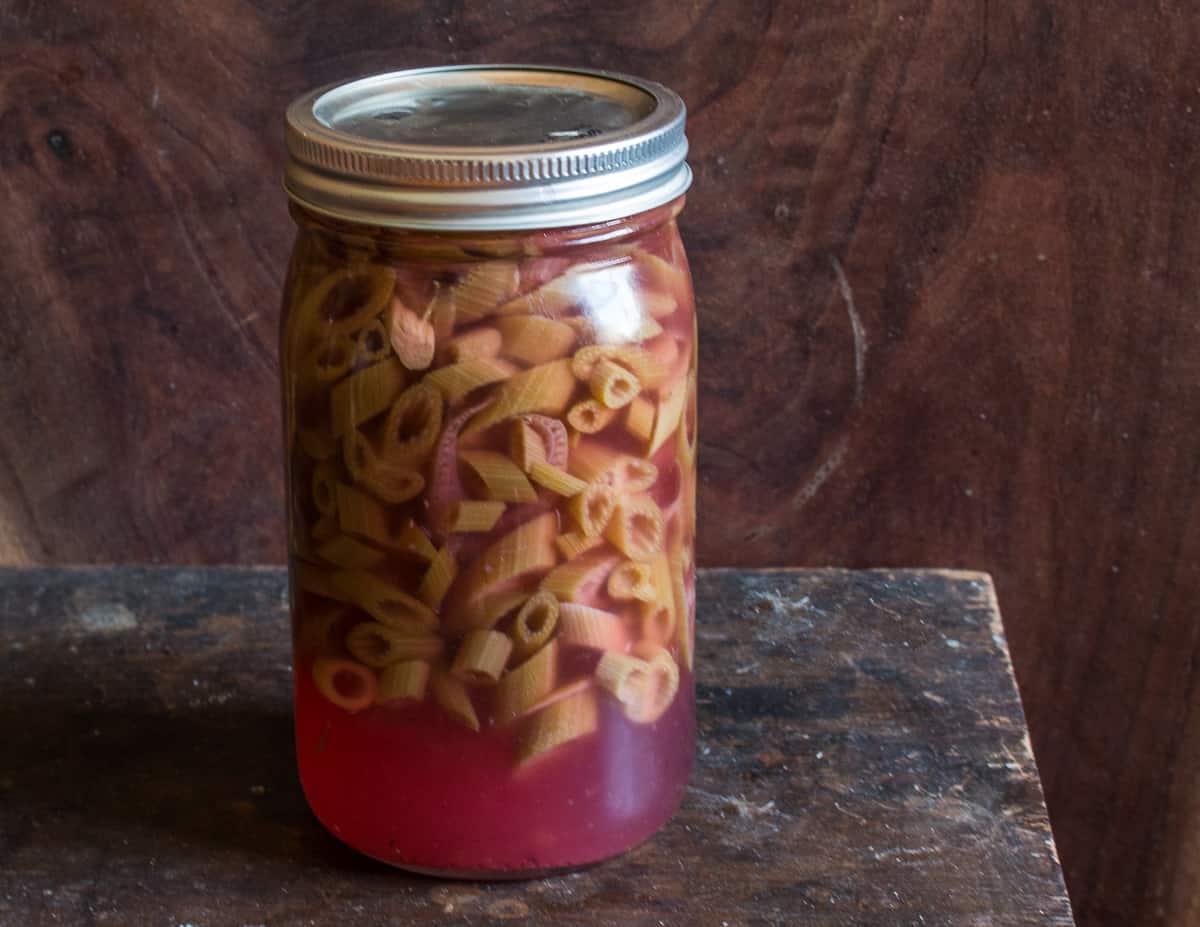
Angelica (my local species should be A. atropurpurea) is fascinating, and delicious in the right place, but was frustrating as it doesn't obey some of the culinary logic I generally hold as true.
The flavor of the stems raw is intensely perfumed—way too strong to be pleasant for most people unless something’s done with them first, like fermenting them in cream like I do here.
Confusingly, if you cook the same stems, or pair them with other powerfully flavored ingredients, you might not even taste it at all, a good example being if you tossed them into my rhubarb-angelica crisp without allowing the ingredients to sit together and marry overnight so the rhubarb mix can absorb the aroma of the raw angelica, similar to how truffles are used.
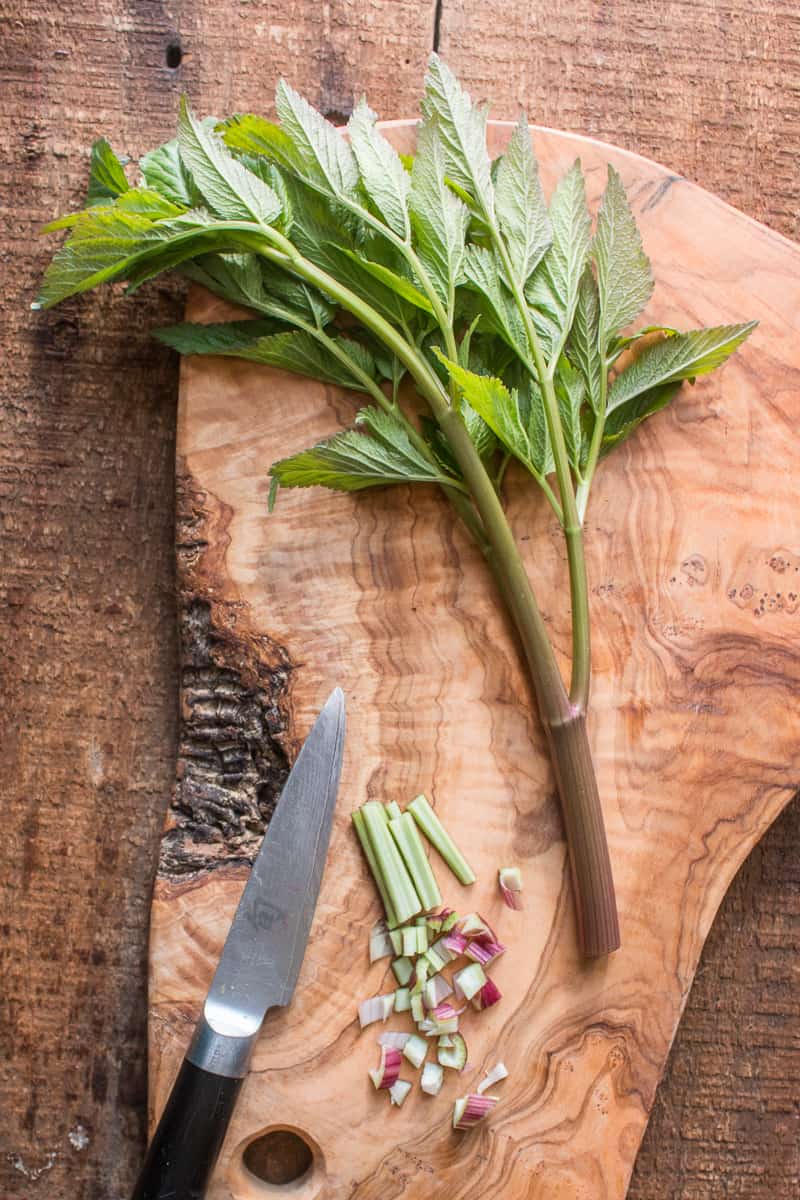
Candying the stalks, which is probably the most common thing to do, is fine, and a great garnish for cakes, along with the perfumed syrup it makes as a byproduct, but sometimes I don’t want things candied, or I might want a way to preserve something that isn’t ultra sweet, which is where pickling them can come in handy.
Let me preface by saying this isn’t a pickle like most people are used to, there’s salt in it, sure, but moreso it’s a sweet pickle. Sweet pickles like this (the same proportions are great with other fruits, cherries being a good example) are a good way to preserve something that you light otherwise preserve in syrup.
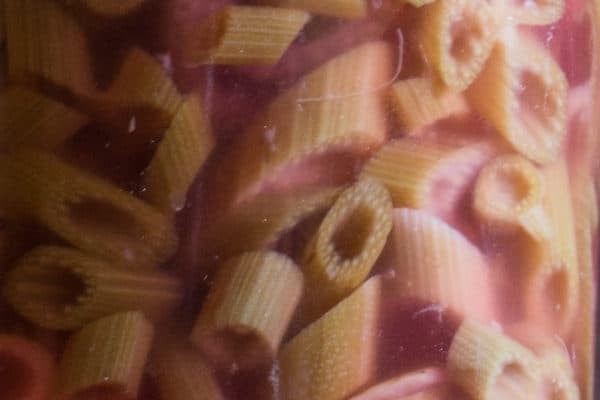
The Angelica takes really well to it, and keeps a good amount of its natural perfume, but not too much—just enough to be interesting. The only real thing to know is that you can't just pour hot liquid over it and call it a day. The stems are chewy, and even very young, you’ll want to simmer them until they’re tender in the liquid.
After that, you can use them after just a few days once the aromas settle down. The vinegar-sugar combo here is one I love since it makes the finished product so versatile. Where candied angelica is firmly rooted in the sweet world, picked Angelica could be savory or sweet. Here’s a few ideas:
How to use
- Serve with soft goat cheese, made spreadable by loosening with cream.
- With a salad of fruit, especially with things like baked rhubarb, peaches or cooked apples, preferably with some goat or sheep cheese, or whipped cream.
- Imagine it as a garnish for roasted duck or game,
- The herbaceous flavor likes fat. Cream and dairy, especially creme fraiche are good, but also things like oil, or fatty meats, especially duck.
- Toss them in a salad as a punchy garnish, especially one with red fruits or buttery nuts like hazelnuts.
- After pickling, the stems could make a great addition to sweet fruit chutneys, with a good splash of the liquid added.
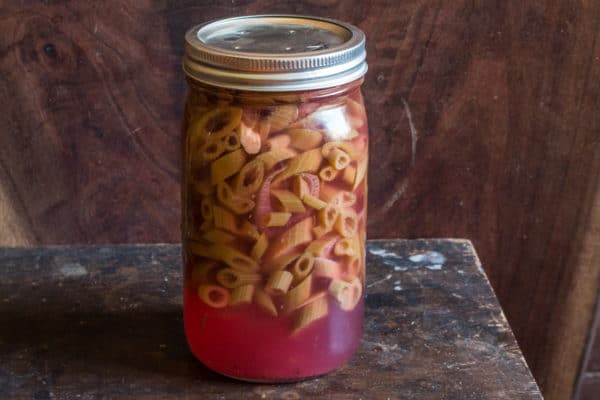
Safety note
I taught myself to identify angelica years before I'd seen my first hemlock, waiting until the plants made flowers to harvest, since it's simple to differentiate the two when the flowers are showing. Unfortunately, the stage when you want the tender stems to do something like this is probably the stage most amateurs could confuse the two plants. make sure you're 100% on your ID of angelica before you attempt something like this, but don't let it scare you.
Sweet Pickled Angelica Stems
Equipment
- 1 Quart mason jar
Ingredients
- 12 oz tender angelica stems leaves discarded
- 1.5 cups water
- 2 teaspoons kosher or sea salt
- 1 Cup sugar
- ¾ cup apple cider vinegar
- 1 Tablespoon pickling spice
Instructions
- Toast the pickling spices and mix with the water, vinegar, salt and sugar.
- Bring the mixture to a boil.
- Meanwhile, cut the angelica into ¼ inch slices, add to the pickle liquid and cook until tender, about 5-10 minutes.
- Can in a water bath, or cool, pour into a jar and refrigerate. The angelica will last for months and will mellow a bit as it sits.

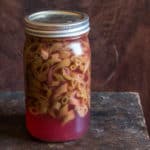
Maria
Thanks for this great information. I have a beautiful Angelica plant and only used the seeds for tea. Now I now there is much more to it.